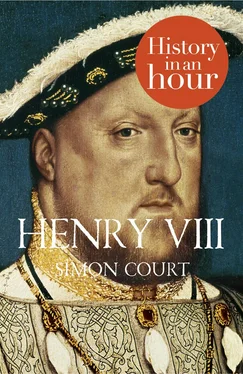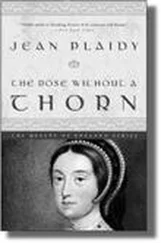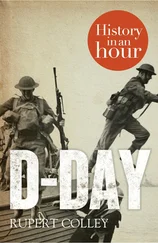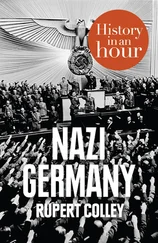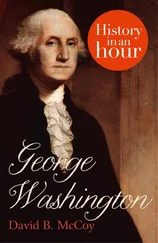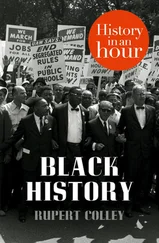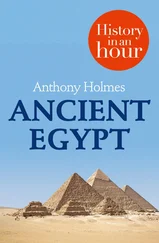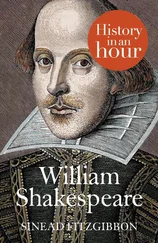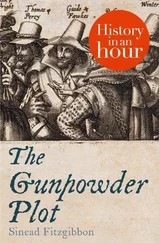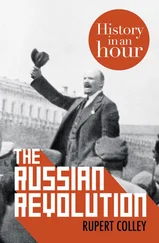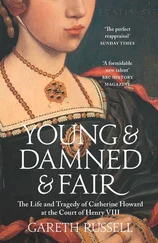Henry’s love of jousting was not just the enjoyment of the sport; it was an expression of his fundamental belief in the moral virtues of chivalry as personified in the medieval knight. Henry was steeped in the chivalric tradition, believing that it was the duty of every nobleman to display prowess in the joust. Jousting evolved from the practices of medieval battle, where ransoms were sought, and serious injuries inflicted, but by the fifteenth century this had become the tournament in which knights competed for honour and the favour of a lady.
These combats were governed by the strictest rules of engagement and often involved artificial castles, ships or woodland grottos. The nuptials of Arthur and Catherine had been celebrated with such a tournament, and the young Henry had lapped it all up, wishing, like all gentlemen, to excel in the joust. Henry first joined in a tournament incognito in 1510 and he was soon participating regularly, most notably at Westminster in February 1511 to celebrate the birth of his son.
Henry believed that a king must be both a soldier and a man of learning. In promoting these two aspects of kingship – soldier and scholar – Henry was deliberately establishing a different type of identity for a king. His task was made easier by his remarkably varied skills and youthful energy. In addition to his linguistic skills he also had a good knowledge of the Bible, and was a student of mathematics, astronomy, geometry and cartography, and a talented musician with a strong singing voice. When he went on a progress in 1510, he occupied himself ‘in shooting, singing, dancing, wrestling, casting of the bar, playing at the recorders, flute and virginals … jousts and tourneys’. The king was depicting himself to his people as a perfect example of the dashing Renaissance prince, and they adored him for it.
The King of England and of France Contents Cover Title Page HENRY VIII History in an Hour Simon Court Introduction The ‘Virtuous Prince’ Jousting and the Heraldic Past The King of England and of France The Field of Cloth of Gold The ‘King’s Great Matter’ The Break with Rome ‘The Goggle-eyed Whore’: Anne Boleyn A King is Born The Reformation and the Dissolution of the Monasteries The ‘Fat Flanders Mare’: Anne of Cleves The Gruesome End of Thomas Cromwell The ‘Lewd and Naughty’ Catherine Howard Death and Succession Personality as Political Policy Henry Tudor: Psychological Post-mortem Appendix 1: Key Players Appendix 2: Timeline Copyright Got Another Hour? About the Publisher
How does Henry’s view of himself as ruler determine the public foreign policy of his war against France? He was fully aware of the previous triumphs of English monarchs during the Hundred Years’ War and their domination of large parts of France during that period. His personal hero was Henry V, and he yearned to recreate the glory of the Battle of Agincourt when, on 25 October 1415 – Saint Crispin’s Day – ‘King Harry’ and his troops killed up to 10,000 French, yet lost only about 110 of their own men. The English claim to the Crown of France had been dormant since 1453, but it had never been renounced and Henry sought to bring it back to English hands.
The opportunity to do so arrived early in his reign. The French were occupying parts of (what is now) Italy and Pope Julius II was trying to put together an alliance to drive them out. When King Ferdinand II of Castile joined forces with him in October 1511 to form the ‘Holy League’, Henry jumped at the chance to join it and during the following spring a joint Anglo-Spanish attack was made on Aquitaine with the intention of recovering it for England. The attempt was unsuccessful, but the Pope announced that King Louis XII should be stripped of his kingdom of France and of the title ‘most Christian king’, conferring both on Henry instead. Anticipating a coronation by the Pope himself in Paris, Henry sought to convert this papal pronouncement into concrete political reality.
On 30 June 1513 Henry invaded France. He led his troops down as far as Tournai (which is now in Belgium) and, after a successful siege, made a triumphant ceremonial entry into the town on 25 September. However, the victory was largely symbolic. He made no further inroads into France and had spent his father’s treasure in financing the campaign. He ended up being compelled to sign a peace treaty in 1514, and when Louis XII was succeeded by the 20-year-old Francis I, Henry was confronted by a French version of himself, which injected a new competitive dynamic into the Anglo-French relationship.
The Field of Cloth of Gold The Field of Cloth of Gold The ‘King’s Great Matter’ The Break with Rome ‘The Goggle-eyed Whore’: Anne Boleyn A King is Born The Reformation and the Dissolution of the Monasteries The ‘Fat Flanders Mare’: Anne of Cleves The Gruesome End of Thomas Cromwell The ‘Lewd and Naughty’ Catherine Howard Death and Succession Personality as Political Policy Henry Tudor: Psychological Post-mortem Appendix 1: Key Players Appendix 2: Timeline Copyright Got Another Hour? About the Publisher
Henry and Francis were too alike and too jealous of each other to be friends, but they recognized their mutual strength and avoided direct confrontation. The tense diplomatic stand-off between them was magnificently displayed when they met just outside the English-held territory around Calais in June 1520. This was called the ‘Field of Cloth of Gold’ – so named because of the silk and gold thread in the hundreds of tents and costumes.
A huge temporary palace was erected for the reception of Henry, where 30-foot-high walls made of canvas were painted to appear as brick or stone, with a slanting cloth roof giving the illusion of leaded slates. Outside, two fountains spouted red wine, and Henry’s following alone consumed up to 2,200 sheep in a month. Francis was greatly taken with two monkeys which accompanied Henry’s retinue, and insisted that they attend every banquet.
Although the Field of Cloth of Gold was supposed to secure a lasting peace in Europe, it actually achieved nothing. Both as a man and a king Henry remained frustrated. Foolishly, he challenged Francis to a wrestling contest and lost. This severely dented his pride, and soon afterwards the relations between England and France worsened, with Henry forming an alternative alliance with Charles V, the Holy Roman Emperor, who then declared war on France. The Field of Cloth of Gold ended up symbolizing the ultimate failure of Henry’s diplomatic ambitions – with France in particular, and also in general. Throughout the rest of his reign he continually and futilely switched allegiances between the major European powers, and finally in 1544, a last invasion of France succeeded in capturing Boulogne but at the cost of bankruptcy. Henry’s dream to emulate the glories of Henry V was never realized.
The ‘King’s Great Matter’ The ‘King’s Great Matter’ The Break with Rome ‘The Goggle-eyed Whore’: Anne Boleyn A King is Born The Reformation and the Dissolution of the Monasteries The ‘Fat Flanders Mare’: Anne of Cleves The Gruesome End of Thomas Cromwell The ‘Lewd and Naughty’ Catherine Howard Death and Succession Personality as Political Policy Henry Tudor: Psychological Post-mortem Appendix 1: Key Players Appendix 2: Timeline Copyright Got Another Hour? About the Publisher
During Henry’s campaign in France in 1513 the Scots took the opportunity to rampage south of the border. Catherine had been left in control during her husband’s absence and oversaw an army which defeated the Scots at Flodden. King James IV of Scotland was killed in the battle, and Catherine was able to send Henry his bloodstained hauberk as a trophy. But the marriage was already in difficulties, mostly as a result of Henry’s mounting anxiety for a male heir. Catherine lost a child who only lived for a few hours in 1514, and although she gave birth to a healthy daughter, Mary, in 1516, she was always conscious that she was expected to produce a boy. She was now 30 years old, approaching middle age by contemporary standards, and as her beauty faded, Henry’s eye started to stray.
Читать дальше
